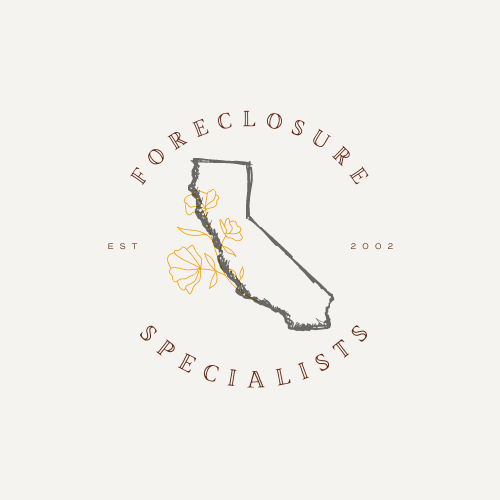
Foreclosure 101
Most times when people are buying a home, they will need a loan usually secured from a bank or lending company. Sometimes individuals will choose to secure a loan against the equity in a property after a home is purchased which is called a home equity loan. These home equity loans can also be combined when refinancing a home loan. Lenders usually will have a lien placed against the home to secure repayment of these loans.
When a borrower fails to pay the loans (defaulting on the loan) the lender can foreclose upon this loan forcing a sale of the property to pay back the due loan.
different types of foreclosures
Non-judicial Foreclosures: the most common type of foreclosure in California and can be used when a power-of-sale clause in the deed of trust that secures the mortgage loan. This gives the authority to the trustee to sell the home to pay off the loan balance at the request of the lender if the borrower defaults on their loan.
Judicial Foreclosures: less common, and more costly, involves filing a court order to sell the home which qualifies as a foreclosure. Used when there is no power-of-sale clause in the mortgage or deed of trust. Judicial foreclosures also allow the lender to get a deficiency judgement against the borrower.
steps of the Non-judicial foreclosure process
The lender must contact the person or persons listed on the mortgage loan to assess the borrowers financial situation and search for ways to avoid foreclosure. This is called a Foreclosure Avoidance Assessment.
If no options are available other than foreclosure, the lender must wait at least 30 days after the first contact about the Foreclosure Avoidance Assessment to file a Notice of Default in the county that the property is located. This marks the beginning of the formal and public foreclosure process in California. The lender must send you this notice by certified mail within 10 days of recording it. The borrower will then have 90 days to try and pay on the defaulted notice.
If payment is not possible, then the next step would be a recording of a Notice of Sale. This can only be done 90 days after the Notice of Default was recorded. The notice will inform the borrower that the trustee will be selling the home at public auction in 21 days.
After 21 days the property will be sold at public auction to the highest bidder. This bidder must pay in full by cash or cashiers check at the sale. Sales usually are conducted at a county courthouse.



